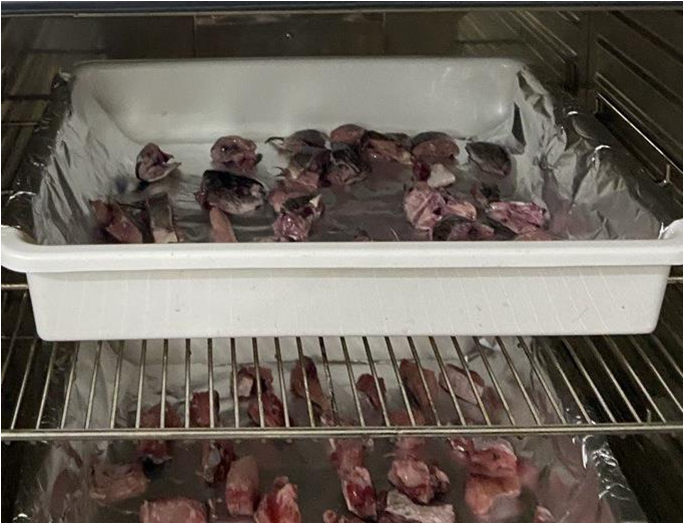IMPACT OF PRESERVATION TECHNIQUES AND STORAGE DURATIONS ON NUTRITIONAL QUALITY OF ROHU AND RAINBOW TROUT
Keywords:
Aquaculture, Biochemical Composition, Preservation, Shelf Life, Fish Quality, Nutrient Retention, Storage-inducedAbstract
Abstract: Fish, a vital source of high-quality protein and essential nutrients, is highly perishable, necessitating effective preservation methods to maintain its nutritional value and ensure food security. This study assessed the effects of freezing (−20°C) and drying (60–70°C) over storage durations (0, 10, 20, 30 days) on the nutritional composition of Rohu (Labeo rohita) and Rainbow Trout (Oncorhynchus mykiss). Using a completely randomized design, key nutritional parameters—moisture, protein, crude fat, ash, minerals (calcium, iron, phosphorus, potassium, sodium), and vitamin C—were analyzed. Results showed freezing retained moisture and fat but caused protein and vitamin C degradation over time, while drying concentrated minerals like phosphorus and iron at the expense of moisture and vitamin C. Ash content increased under both methods due to mineral concentration from moisture loss. Nutrient-specific responses highlighted freezing’s advantage in preserving lipid stability and drying’s role in enhancing mineral density. Statistical analysis revealed significant interactions between preservation treatment and storage duration, influencing moisture, protein, iron, phosphorus, and potassium contents. Specifically, in Rohu, the interaction effects were statistically significant for moisture content F(3,16) = 664, p < .001, protein content F(3,16) = 5.147, p < .01 iron content F(3,16) = 10.73, p < .001, phosphorus content F(3,16) = 68.08, p < .001, and potassium content F(3,16) = 5.801, p < .01. A similar pattern was observed in Rainbow Trout, with significant interactions for the same nutrients. These findings elucidate the biochemical composition effects of preservation methods, offering practical strategies to optimize fish quality and sustainability. This research contributes to advancing sustainable aquaculture practices, improving food security, and promoting informed consumer choices.

Downloads
Published
License
Copyright (c) 2025 BJAS

This work is licensed under a Creative Commons Attribution 4.0 International License.





